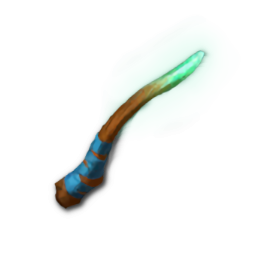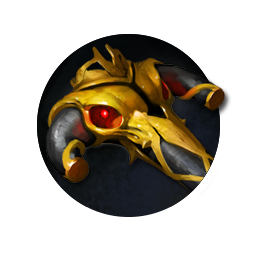Overview ☰ | Stats ☰ | Crucial timings ☰ | Boxplots ☰ | Heroes ☰ | Item Pairs ☰ | Builds ☰ | Build tree ☰ | Timings records | Profiles ☰
Core Offlane | Core Midlane
| Hero | Picked | Position (Ratio) | Winrate | Items stats | Build tree | |
|---|---|---|---|---|---|---|
 | Beastmaster | 2236 | 90.97% | 48.84% | Link | Link |
Explain this to me
Short version:
This Item build is based on stats. Includes alternative item choices, situational items and stuff like that. You can read more about the different categories and how it works below.
It's only item build, no starting items, talents and skill builds yet.
There are five types of items, explanation and reference for stats below:
High winrate
Incredibly high winrate increase when purchased
Positive gradient
Better when purchased later
Critical timing
Timing of purchase is very important
You can hover over numbers and items to see details. That's it. Below is the more detailed version.
This build is generated based on item build progression trees and hero items stats (you can explore them for more details). The goal is to provide a robust item build that covers multiple alternative choices, situational items and timings based purely on data (without using additional metadata, like item recipes or cost). If the build tree for the selected hero and role is incomplete or absent, stats are used to fill in the gaps. The build doesn't have skill builds and starting items since these are not recorded (for now).
Every role covers only one build. However, you can often find an alternative route by exploring alternative item choices (given this playstyle has enough matches). Core Build and Lategame Main Route are populated from the role progression tree, while early items, neutral items, additional lategame and high impact items are populated from stats, based on purchase rates and timings.
There are four types of items: regular, common (highlight color, high purchase rate), strong (green, high winrate increase) and critical (red, have high negative gradient leading to an important timing). Every item has its purchase rate number in bottom right corner, as well as three special lines of stats. For the first three types these are median timing, winrate increase compared to games where this item wasn't purchased and average winrate. For critical items it's timing window (realistic early timing to critical time), winrate increase with the early timing and winrate gradient. You can also hover with your mouse over any item or number to see the details.
Winrate gradient represents how the item's winrate changes with every minute of delayed timing. Negative gradient means the item becomes less beneficial with every minute. Critical timing is the time after which chances to win will be lower than the hero's average.
The section is divided into three major blocks. The first major block is Build Overview. It has several basic categories: Early (items purchased before any core items, can be changed depending on the game), Core (items essential for the hero), Lategame (basic choices after essential items were purchased), as well as Situational Early (items that don't fit into the regular build or skipped a lot) and Situational (additional lategame items). You can also notice following categories: Alternatives (highlights alternative item choices), Order Swaps (two items that often switch places in the build order) and Neutral Items (when available).
The second major block is Timeline. It represents visually the order in which early, core and situational items are usually purchased, as well as highlighting order swaps (in this case winrate increase is shown for this time/order of purchase), alternatives and less popular item choices to make it easier to see the build progression. Highlighted items (big blocks at the top with brighter background) are a core part of the build, while situational and early items can be skipped. Straight after Timeline you can see Lategame block, which holds the most common lategame route, as well as additional lategame items sorted by their median time of purchase. The last major block has more neutral items (if available), as well as the list of other high impact items that didn't fit into the build.
The build is using data to power itself up. The more data is available the better build you get. Naturally, uncommon roles or heroes might not get a proper build. Role trees only generated if the hero has more than 5% of matches on the role.
Main build
Early
Core
Lategame
Situational Early
Situational
Alternatives
Timeline
Early
Early
~24 min
Lategame
Main route
All potential choices
Neutral items
Other valuable items
 Donations
Donations Stratz
Stratz Discord
Discord VK
VK Telegram
Telegram Twitter
Twitter Medium
Medium Dota2ProTracker
Dota2ProTracker Tundra
Tundra HellRaisers
HellRaisers Into The Breach
Into The Breach Entity
Entity Dota Valkyries
Dota Valkyries Spectral Wrapped 2023
Spectral Wrapped 2023




































































































